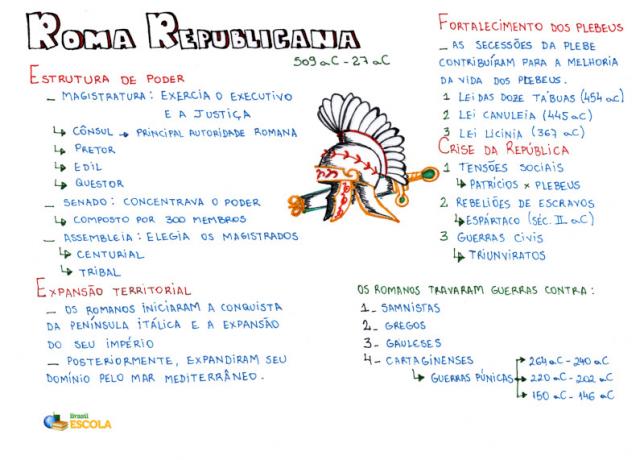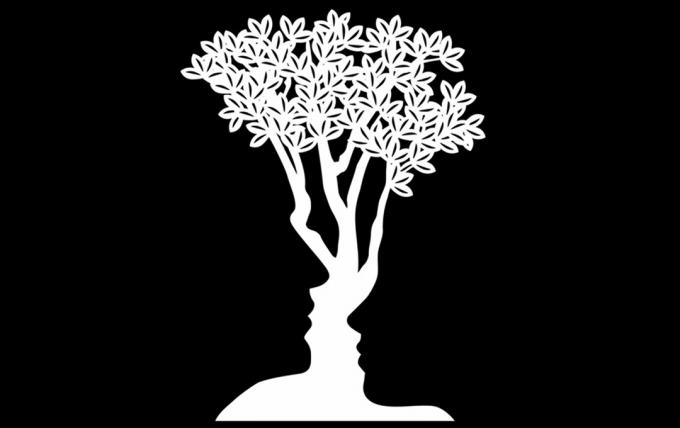In the year 509 a. a., the Etruscan monarchy that controlled Rome was overthrown with the deposition of king Tarquinio. In its place, we see the institution of the Republic, a type of government marked by the creation of various political offices and controlled by the Roman land-owning elite. In addition to this simple definition, we note that the republican period was of paramount importance in the development of social conflicts, territory conquests and the emergence of other characters policies.
In its organization, we realize that the Roman Republic had a peculiar structure for having characteristics of a democratic, aristocratic and monarchical order in its distribution of powers. The democratic aspect can be seen in the organization of assemblies in which occupants of public office were chosen and laws were voted. The aristocratic nature, in turn, was revealed in the broad powers of the patrician elite who controlled the Senate. The monarchy, on the other hand, saw itself relatively preserved with a relevant role for magistrates.
Mind Map: Republican Rome

*To download the mind map in PDF, Click here!
The presence of the patrician elite in the most important positions and Roman political decisions ended up promoting a situation of dispute between them and the plebeian class. Charged with carrying out economic and military activities, the commoners organized several revolts in favor of their political insertion. Through these uprisings, they managed to formulate new laws and progressively implement a new system of power. In this way, the Roman political scenario took on even more complex contours.
As these transformations took place, the Roman government expanded its borders through a policy of a militaristic nature. The formation of a well-organized hierarchy and the use of efficient weapons turned the Roman army into a conquest machine of that time. Over time, Rome was enriched by the conquest of new lands, the expansion of its commercial activities and the extensive employment of the slave labor force.
Rome's economic and territorial growth was strongly supported by the generals who organized the troops and often had greater authority than the official representatives. from the government. In this context, we have the observance of a political transition in which such generals ascend to the political sphere and, over time, they get involved in disputes that mark the end of the republican regime and the installation of the imperial government Roman.
By Me. Rainer Sousa
*Mental Map by Daniel Neves Silva
Graduated in History
Source: Brazil School - https://brasilescola.uol.com.br/historiag/roma-periodo-republicano.htm

